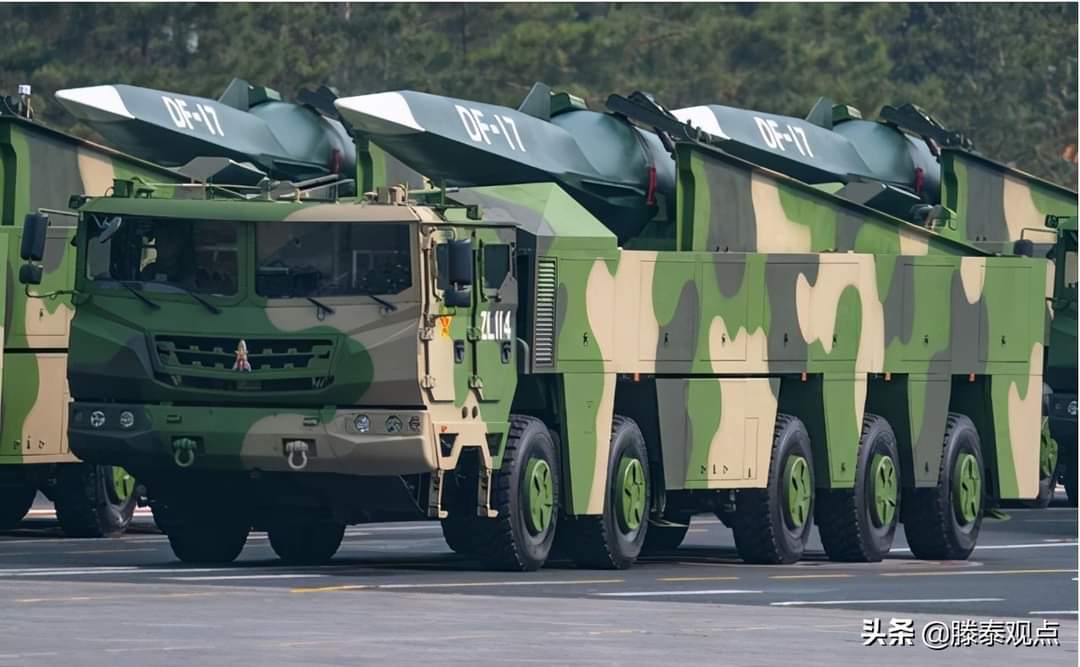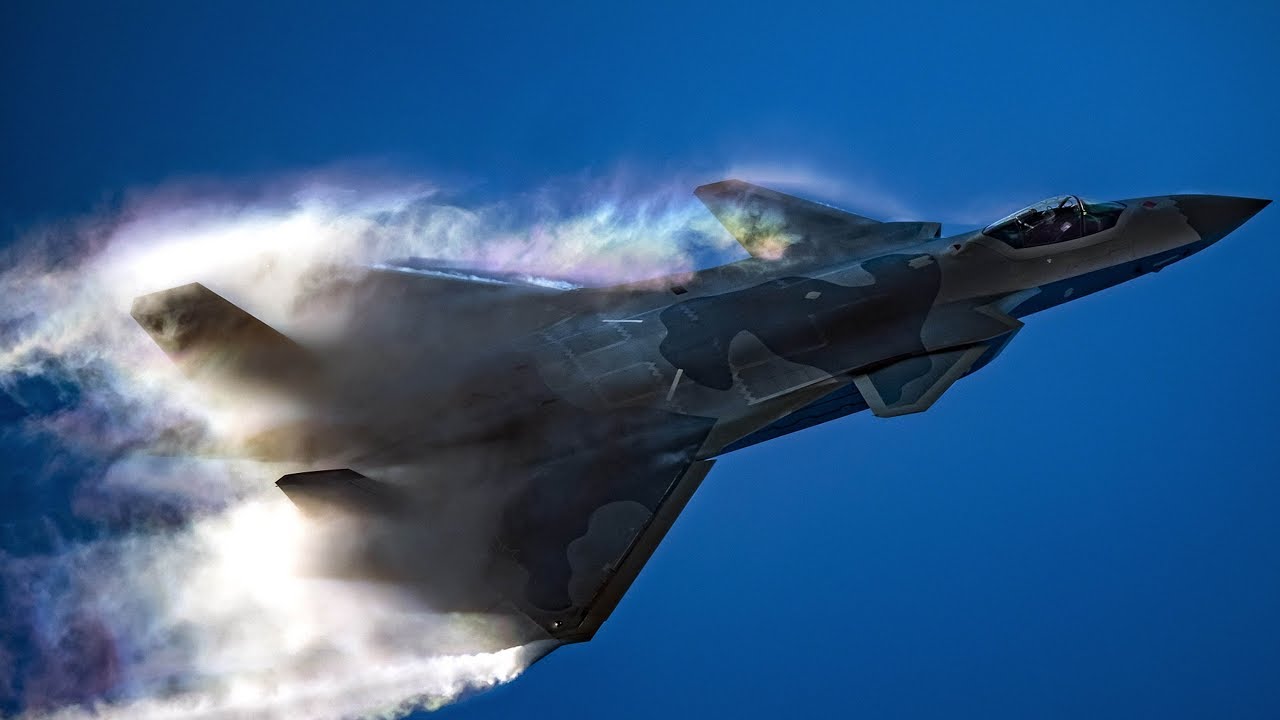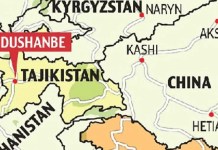The American official in charge of purchasing equipment for the U.S. military has made shocking revelations about the country’s acquisition process. The observation comes at a time of heightened geopolitical and military rivalry between the U.S. and China.
Russia ‘Smokescreens’ $3.7B Kerch Bridge As US Says Ukraine Can Strike Europe’s Longest Bridge
Maj. Gen. Cameron Holt, Deputy Assistant Secretary of the U.S. Air Force for Acquisition, recently issued a severe warning in response to China’s outstanding achievements in defense acquisition, resulting in its military obtaining new equipment “five to six times” faster than the U.S.
The U.S. defense official’s warning is the latest that the country has received regarding an antiquated procurement and modernization process that has allowed China to overtake the world’s most powerful military in the race for acquisition.
When China increasingly appears to be jockeying for the lead in developing all kinds of advanced military technologies to become a dominant strategic power, Major General Holt suggested that the Pentagon needs to overhaul the way it approaches using new weapons urgently.
In a study in 2018, Mike Griffin, the first Under Secretary for Research and Engineering, found that the U.S. needs an average of sixteen years to bring a concept to operational capability, compared to China’s less than seven years.
He used China’s extensive testing of hypersonic attack vehicles over the previous ten years with a high success rate as an example. According to this grim assessment, China completes 2.5 development and fielding cycles for every turn the U.S. makes.

This becomes concerning when the stakes for the U.S. are considered, particularly in the Indo-Pacific region, a potential future theatre of conflict between the two sides.
Furthermore, senior Pentagon officials, as well as American commanders in the Indo-Pacific, have warned that China may soon outpace the U.S. military in the area.
U.S. Still In Cold War-Era?
Holt stated that the Chinese are not only getting new weapons at a phenomenal rate, but they are also operating far more efficiently. In terms of purchasing power parity, he informed his audience that they pay roughly one dollar compared to twenty dollars in the United States to get equivalent skills.
He continued by saying that the way China acquires the defense goods, logistics, and support that its military needs are the key reason why America is unable to compete with it in this market and that the real issue in the U.S. is with funding and the resourcing process.
“If we don’t change our resourcing system, none of the rest of it matters,” Holt said. He argues that the current approach is based on one that, while it was effective during the Cold War, has failed miserably in the twenty-first century. He bemoans the centralized power that manages every aspect of the budgeting and program implementation processes.
The people in control of the budgets have the authority to step in at any time throughout a program and, depending on their viewpoint of the allocation of funds, completely change its course.
As a result, even if a weapons program moves quickly in its initial stages, later financial decisions may prohibit it from reaching the troops as quickly as it otherwise might.
Even if Congress agrees to provide a new program with a set amount of funding, the Pentagon still has the power to reallocate funds, thus thwarting the possibility of exciting innovations in favor of keeping financing for legacy projects.
“We also have gotten a very centrally and micromanaged system of appropriations that have served the Cold War well,” Holt said. “In this environment today, it is absolutely going to kill us.”
Instead, Holt vouches for the “cash flow” model, which attempts to give Congress more control over the process and the capacity to intervene more rapidly while allowing for some movement in Pentagon funding. This would assure a system with more checks and balances and a more decentralized method of operation, avoiding micromanagement.
The defense acquisition architecture that is now in place was created to field technologies and capabilities that are known for years in advance.
As a result, their usefulness in today’s rapidly evolving world, where new technology quickly replaces outdated ones, is constrained or weakened. While the American system has thus far been unable to do the same, China has been able to accept this truth.

This was also pointed out by Acquisition Talk in a previous analysis by contrasting the F-35 and J-20, the fifth-generation fighter jets of the U.S. and China.
Within five years of the J-20’s initial flight in 2011, China had developed nine visually noteworthy improvements. By March 2017, mission systems were still being changed, but the first operational J-20 had already been sent to a front-line unit ahead of schedule.
China Could Outmatch U.S. Military
The US-based Long Term Strategy Group (LTSG) think tank conducted a multiyear, open-source project to make sense of Chinese defense spending since 2000 by service across several sectors like personnel, operations, maintenance, and procurement, as previously reported by Politico.
The results showed a consistent 20-year annual inflation-adjusted rise in Chinese defense spending of almost 10%. By 2024, it’s anticipated that the PLA’s annual cash expenditures will exceed those of the U.S. military.
In 2000, U.S. purchases were worth 6.67 times more than PLA purchases, but by 2019, that ratio had dropped to just 1.42.
The LTSG evaluation states that over the previous two decades, the U.S. has spent significantly more on operations and maintenance (O&M) than on buying new systems. In contrast, the Chinese allocation gives procurement the first spot, followed by O&M and employees taken together.
When seen in the light of the cautions that the U.S. military runs the possibility of losing ground to the PLA, this becomes concerning.
Former U.S. Indo-Pacific Command chief Adm. Philip Davidson had previously warned that China would be able to outpace the U.S. by 2026 militarily and might widely decide to change the regional status quo through force.
- Contact the author at sakshi.tiwari9555@gmail.com
- Follow EurAsian Times on Google News




